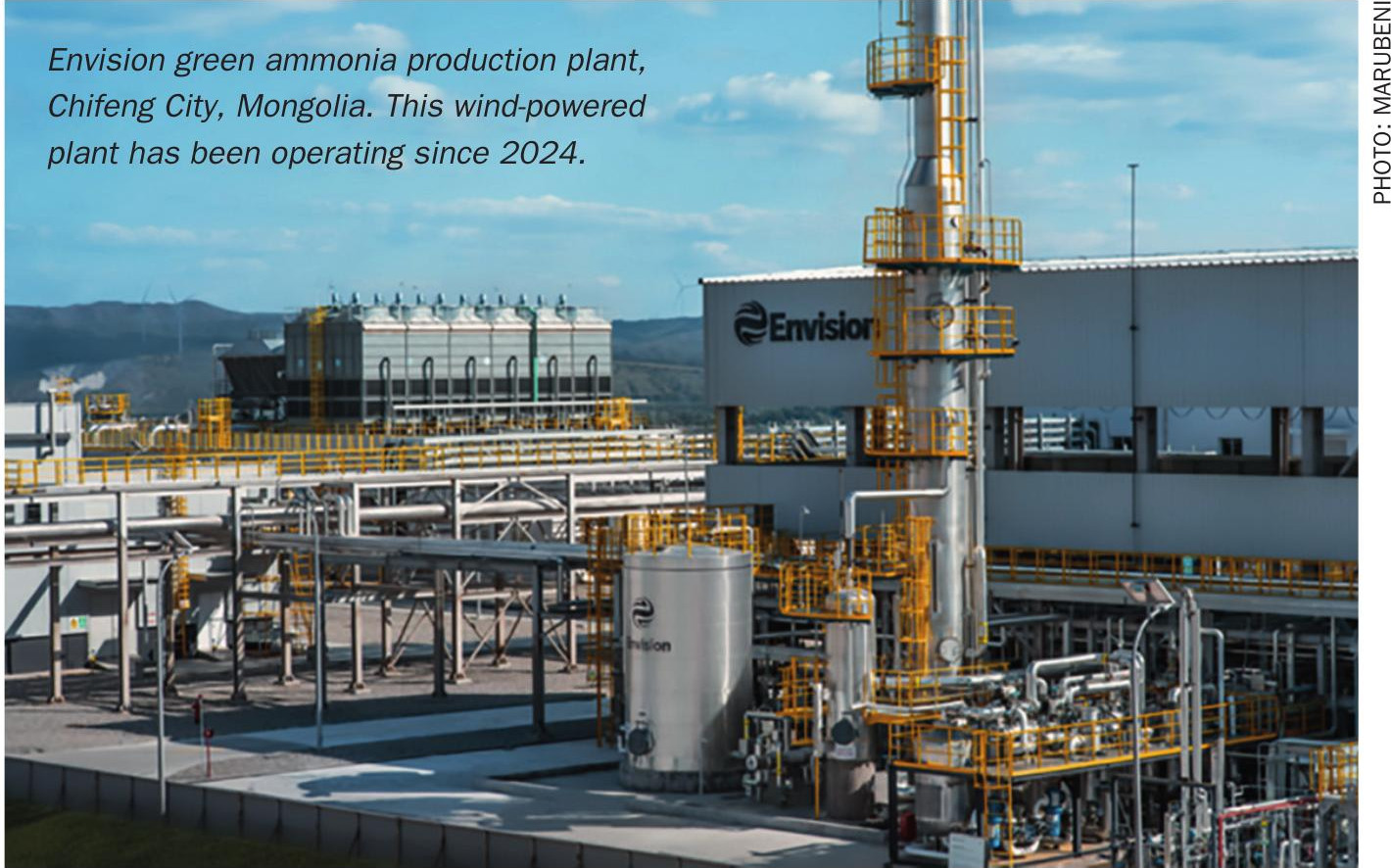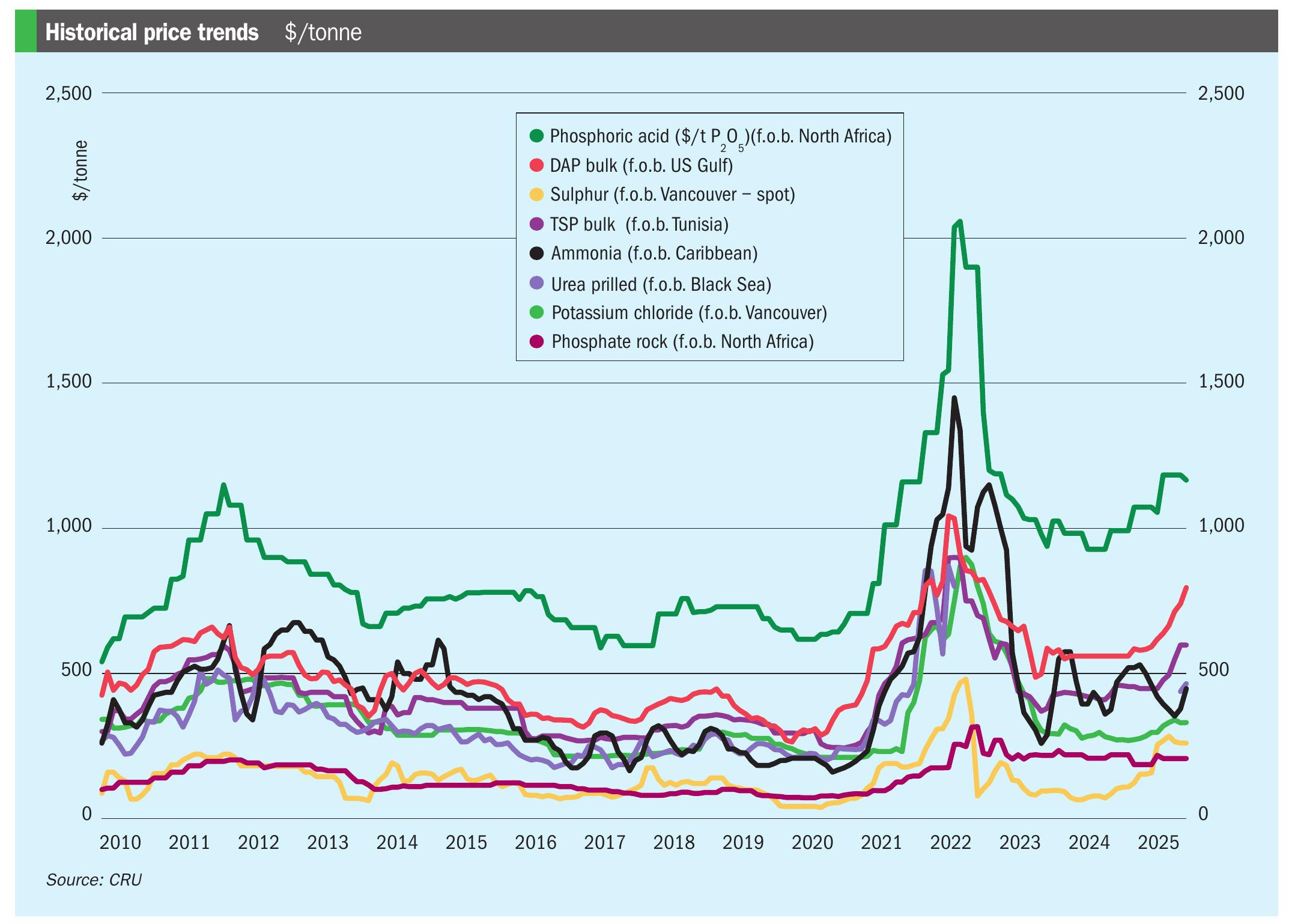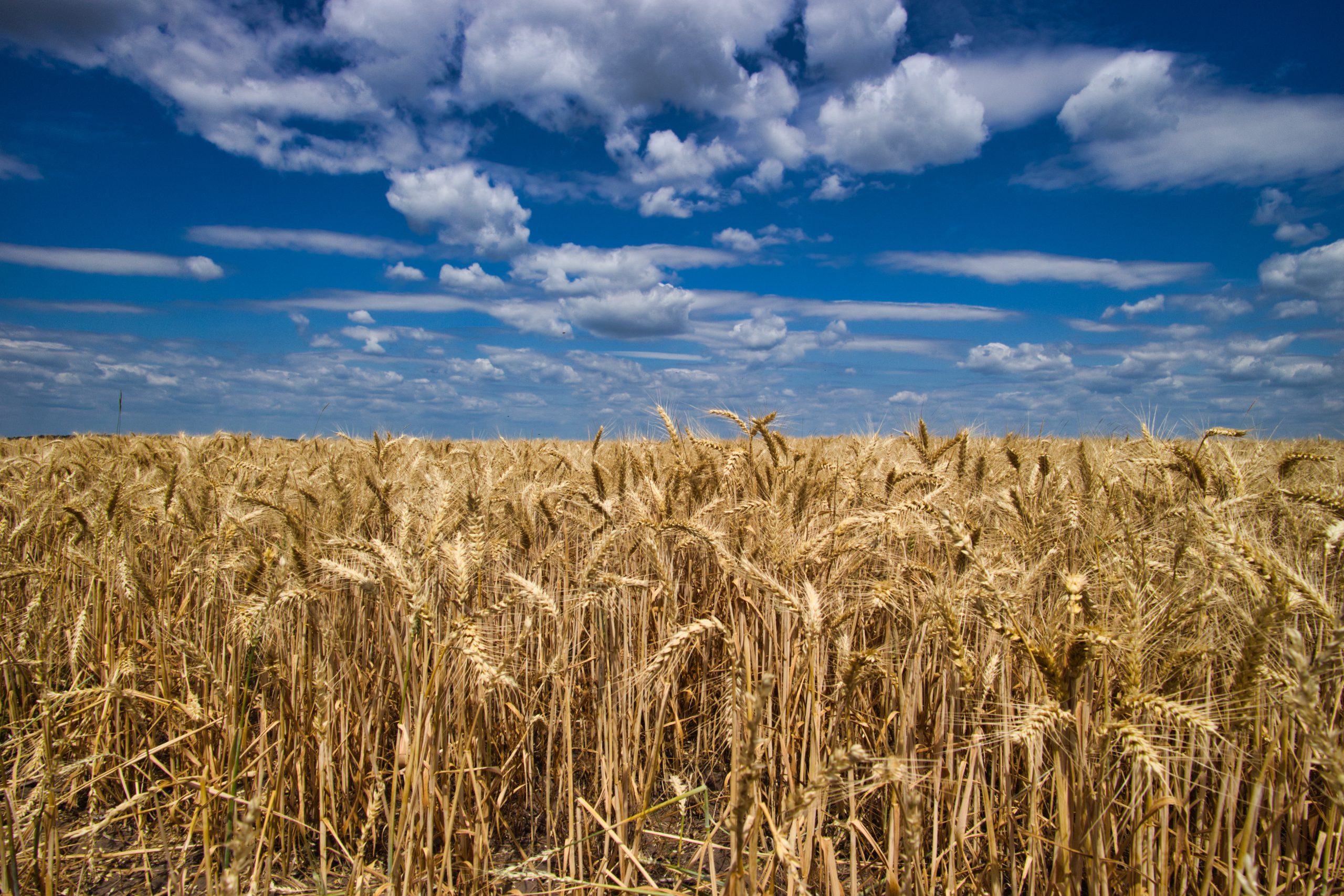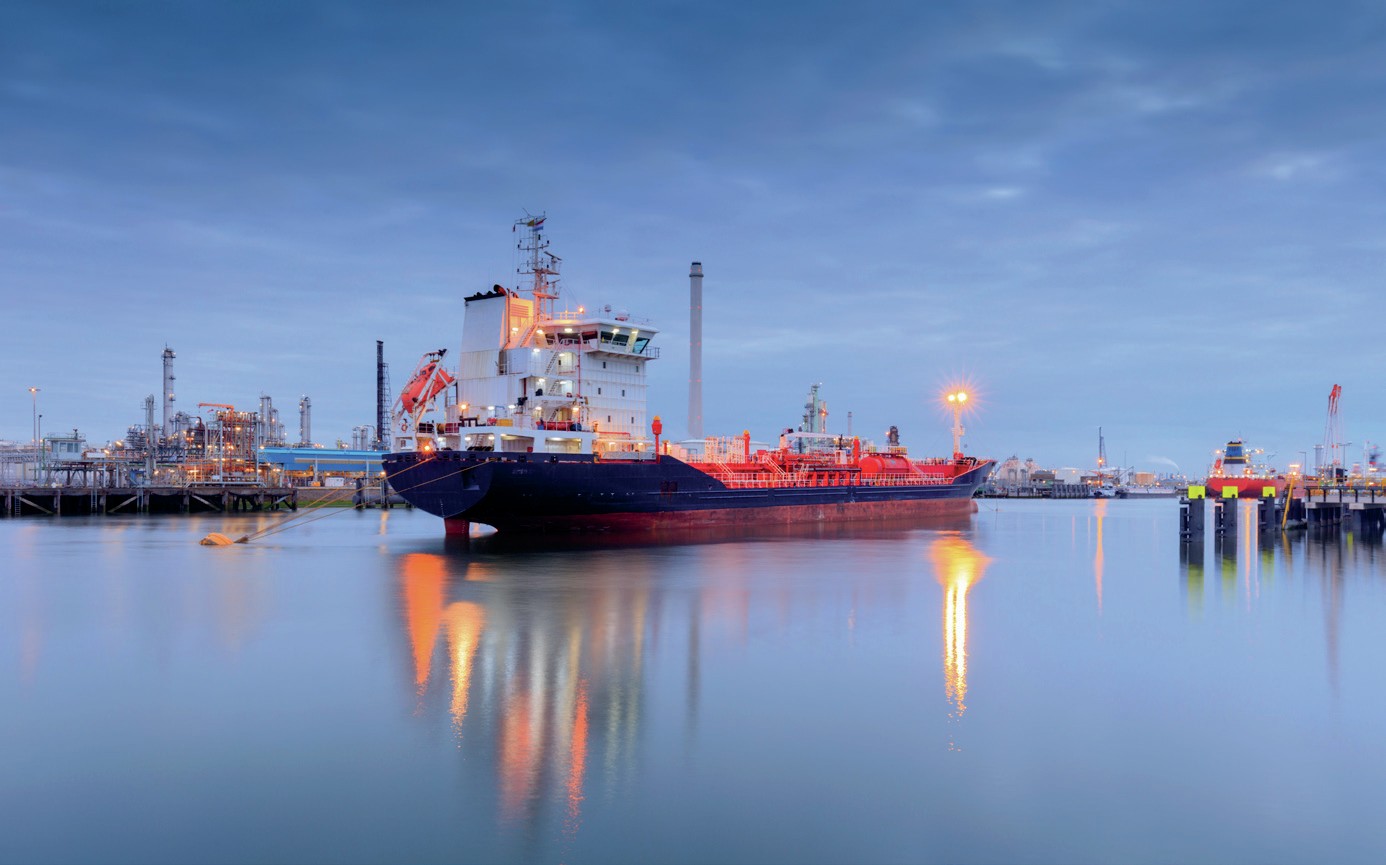Nitrogen+Syngas 375 Jan-Feb 2022

31 January 2022
Market Outlook
Market Outlook

AMMONIA
- The ammonia market has entered 2022 looking very different to last year, with early January Pivdenny prices $875/t higher on a mid-point basis than they were at the start of 2021, and the likelihood of further gains ahead.
- Continuing strong appetite for imports in Europe, the US, Morocco, Latin America and India is keeping the market in deficit, with supply options still limited.
- The sale of an Indonesian cargo earlier in January – understood to be for a European customer – highlighted just how tight the market is.
- European gas prices have come down from their peak but remain at very high values. Political uncertainty with Russia and cold weather is likely to keep them high for the next few weeks, supporting the current run of high ammonia prices.
- IHS Markit says that it looks likely that European gas prices will not fall significantly until the end of winter.
UREA
- In the near term, prices are expected to continue adjusting downwards. India is now out of the market until March or April and buyers seem to be waiting for the market to find a floor.
- Brazilian import buying has also slowed with high international prices and the restart of the PAU urea plant in Bolivia late last year.
- The US market remains volatile. Off-season NOLA prices fell by $125/st in a week, and prices seem likely to fall further as sellers try to tempt buyers back into the market.
- There are plenty of offers in Europe, but buyers are still attempting to wait for lower prices. However, high natural gas prices should remain supportive of higher urea prices while temperatures remain low in Europe.
METHANOL
- Methanol prices have been falling since November. Methanex’s US non-discounted reference price (NDRP) dropped from $692/t in November to $642/t in December and $619 in January 2022. Spot prices were lower, at around $330/t in December compared to $530/t in October.
- US methanol production has been running at high rates, with new production from Koch and a restart for Natgasoline. At the same time, demand is in a seasonal lull, though it is expected to pick up later in the year. Increasing renewable fuel requirements may boost consumption for biodiesel production.
- In China, demand is also in the off-season. This has coupled with an easing in coal prices to take the edge of Chinese methanol prices, which fell to around $385/t by the end of December, down 12% on November, and the weakness is expected to persist in 1Q 2022. Prices in southeast Asia have fallen to just over $400/t c.fr.
- Overall the methanol market seems to be well supplied and demand is covered in the short term.






